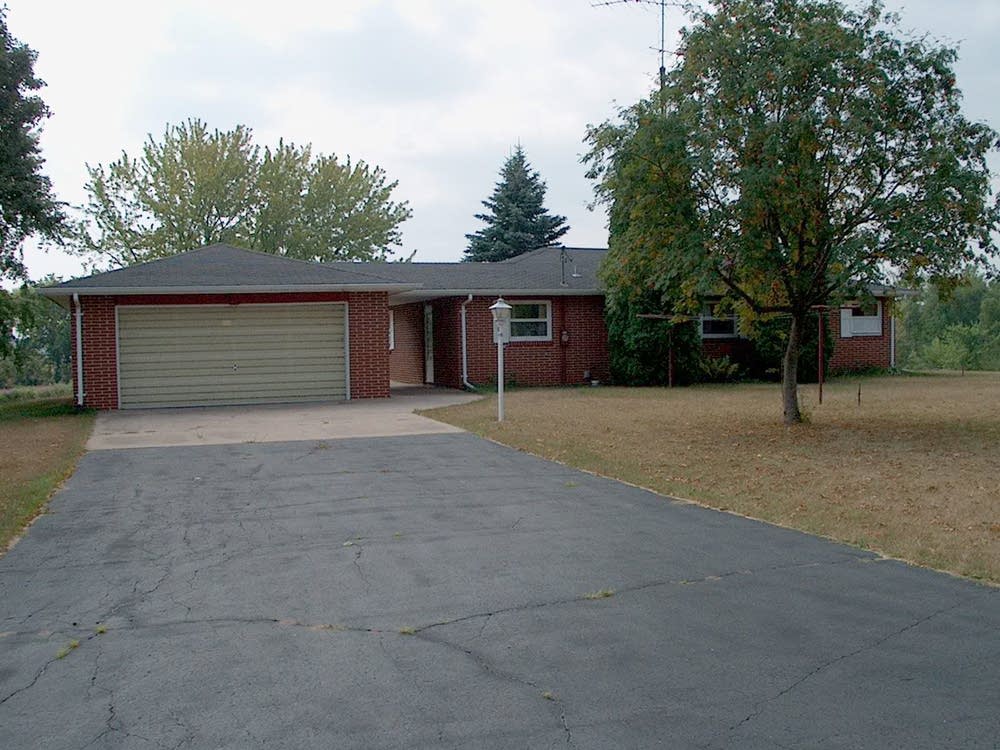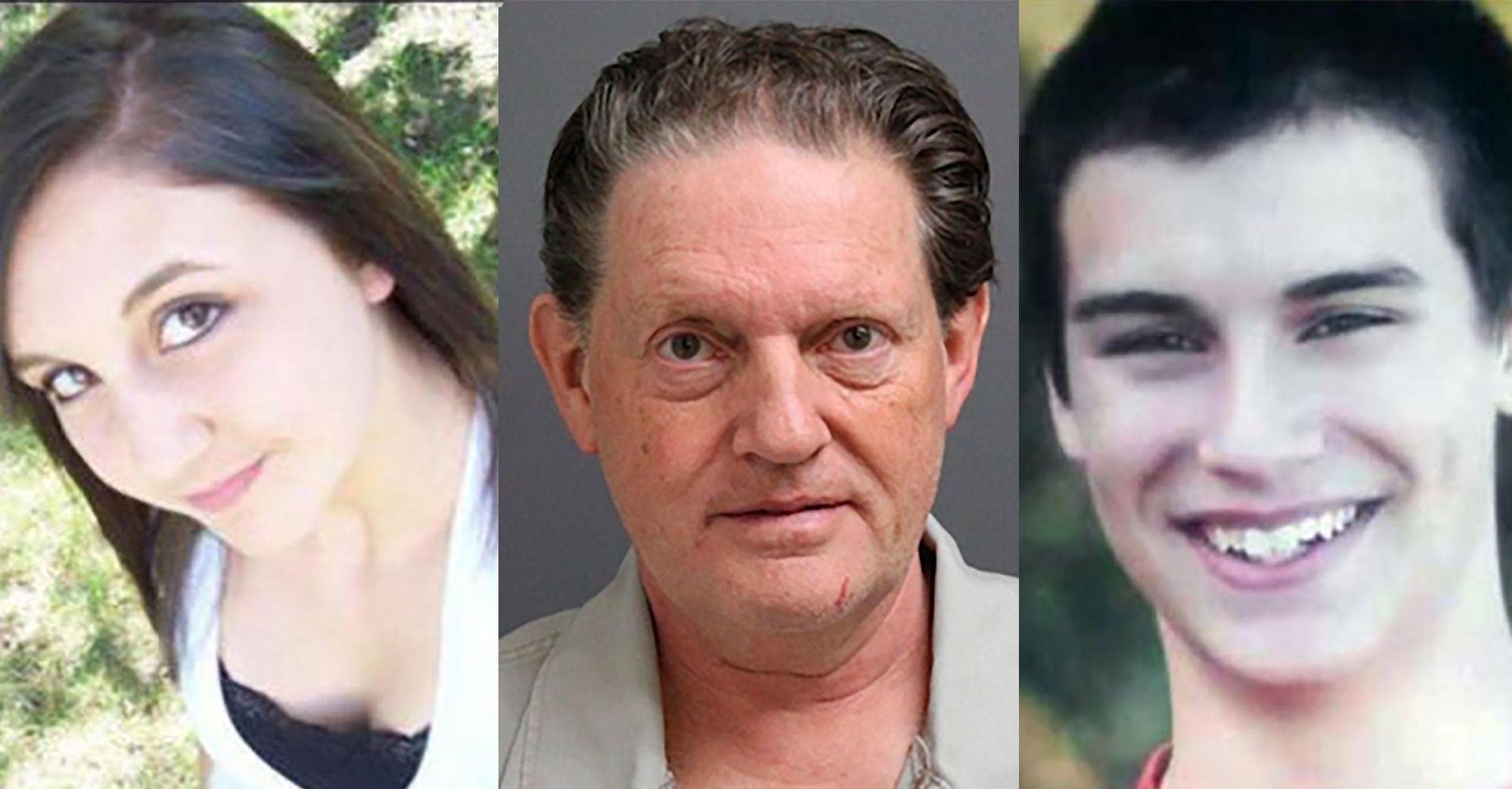Byron David Smith: The Fine Line Between Vigilantism and Self-Defense
CCTV Footage From The Day of the Shooting
It was Thanksgiving Day, 2012, in the quiet town of Little Falls, Minnesota. Byron David Smith, a retired State Department security engineer, had been the victim of multiple burglaries. This time, he was prepared. He moved his car several blocks away to give the impression that he was not home, set up a digital audio recorder in his basement, and took his position in an upholstered chair facing the basement stairwell. Armed with a nine-shot revolver and a mini-14 rifle, Smith waited.
Around 12:33 p.m., the outdoor video surveillance system picked up movement. Nicholas Brady, an 18-year-old, approached Smith's house. He broke a window to gain entry and descended the basement stairs. Smith fired two shots from his rifle, causing Brady to tumble down to the basement floor. Three seconds later, Smith shot Brady again, this time through the side of his head. Smith then dragged Brady's body into an adjoining workroom and reloaded his rifle.
Approximately ten minutes later, another figure appeared on the surveillance footage. It was Haile Kifer, a 17-year-old and Brady's cousin. She entered the house, calling out for "Nick." As she descended the basement stairs, Smith shot her multiple times. When his rifle jammed, he switched to his revolver and continued shooting. Kifer was still alive when Smith dragged her into the workroom and placed her on a tarp atop Brady's body. Smith then shot her a final time, under her chin and up into her cranium.
Smith did not immediately contact law enforcement. Instead, he waited until the next day to ask a neighbor to find him a lawyer and contact the sheriff's office. When officers arrived, Smith led them to the bodies in the basement. He recounted how he had shot each of the intruders multiple times, describing it as his "civic duty."
The police investigation was meticulous. Officers collected evidence, including the audio recordings that Smith had made, which captured the entire incident. The recordings would later become a crucial piece of evidence in the trial, revealing not only the sequence of events but also Smith's own words and reactions before, during, and after the shootings.

The case went to trial, and Smith was charged with two counts of first-degree premeditated murder. His defense revolved around the argument that he had used reasonable force in defense of himself and his dwelling. However, the prosecution painted a different picture. They argued that Smith had set a trap for the intruders and used excessive force, turning his home into an execution chamber. The jury found him guilty, and he was sentenced to two concurrent life sentences without the possibility of release.
The Byron David Smith case has been the subject of numerous appeals and legal analyses. Smith's defense team argued that the district court committed several types of errors, including denying his motion to dismiss the indictment and excluding certain evidence. The State, in turn, argued that the district court committed error in determining the appropriate restitution for the victims' families. The court ultimately affirmed Smith's convictions and reversed the district court on the issue of restitution.





Images Related to the Byron David Smith Case